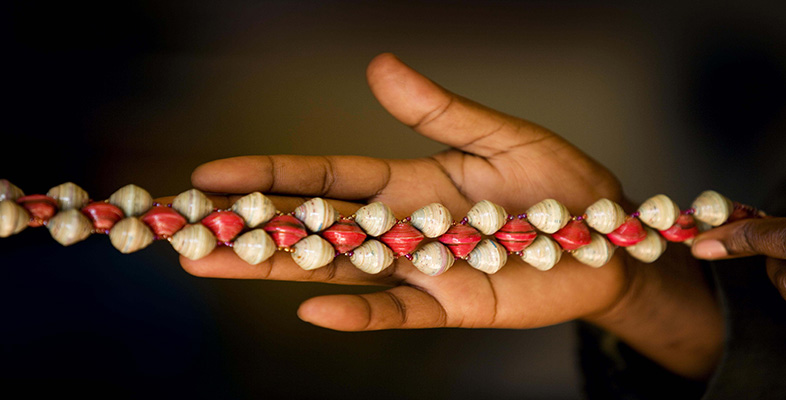2.1 Learning lives and biographies
Now read the following chapter: ‘Adult learning lives and biographies’ by Michael Tedder and Gert Biesta (chapter 4 in Safford et al., 2011) [Tip: hold Ctrl and click a link to open it in a new tab. (Hide tip)]
As you read the case study about Anne Wakelin, note the way in which her experiences are framed by the concepts of ‘plot’ and ‘learning potential’.
Two things in particular strike us with regard to this reading. First, that the teller of a life story has some choice about how their story is constructed. This is not to suggest that the person telling the story is lying about what happened in their life – although that is possible, of course. But it seems that the act of telling about oneself requires a creative putting together of remembered information, possibly for the first time. Some of these memories will be recalled easily, whereas some may be only partially recalled, and some may be very cloudy indeed. Second, the act of putting together ‘a longitudinal version of the self’ (Bruner, 1990, p. 120, cited in Tedder and Biesta) offers us a chance to learn about ourselves in relation to the life we have led and the work we have done.
